Medical Course Descriptions
ARC First Aid/CPR/AED Courses
The 2021 Adult and Pediatric First Aid/CPR/AED course equips students to recognize and care for a variety of first aid breathing and cardiac emergencies involving adults children and infants. It is designed for students who need a certification that satisfies OSHA workplace or other regulatory requirements. This course can be taught in part or in whole, being broken up into First Aid, CPR, and AED sections and Adult, Pediatric (12 and under), or both CPR certifications. Our Community Classes are staked in such a way to allow you to only attend the portions you need for your certification. Upon successful completion a valid 2 year digital certificate for the portions completed is issued.
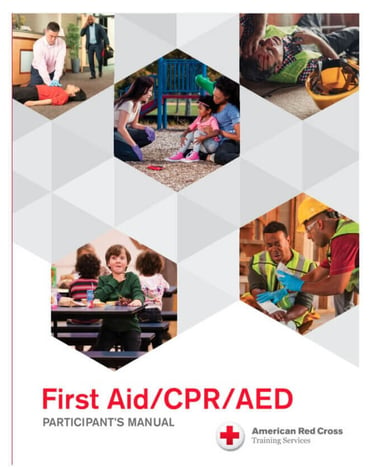

ARC Basic Life Support
The 2021 Basic Life Support (BLS) course provides healthcare providers and public safety professionals the knowledge and skills necessary to respond to breathing and cardiac emergencies in adult child and infant patients and is designed in a hospital setting. This class is taught in a blended learning format and the online portion (accessed via mobile desktop or tablet) must be completed prior to attending the instructor-led skills session. Upon successful completion of the course learners will receive a 2-year Basic Life Support digital certificate with anytime anywhere access to certificate and training history. In support of improving patient care American Red Cross is jointly accredited by the Accreditation Council for Continuing Medical Education (ACCME) the Accreditation Council for Pharmacy Education (ACPE) and the American Nurses Credentialing Center (ANCC) to provide continuing education for the healthcare team. The American Red Cross is an accredited provider of continuing education by the Commission on Accreditation for Prehospital Continuing Education.
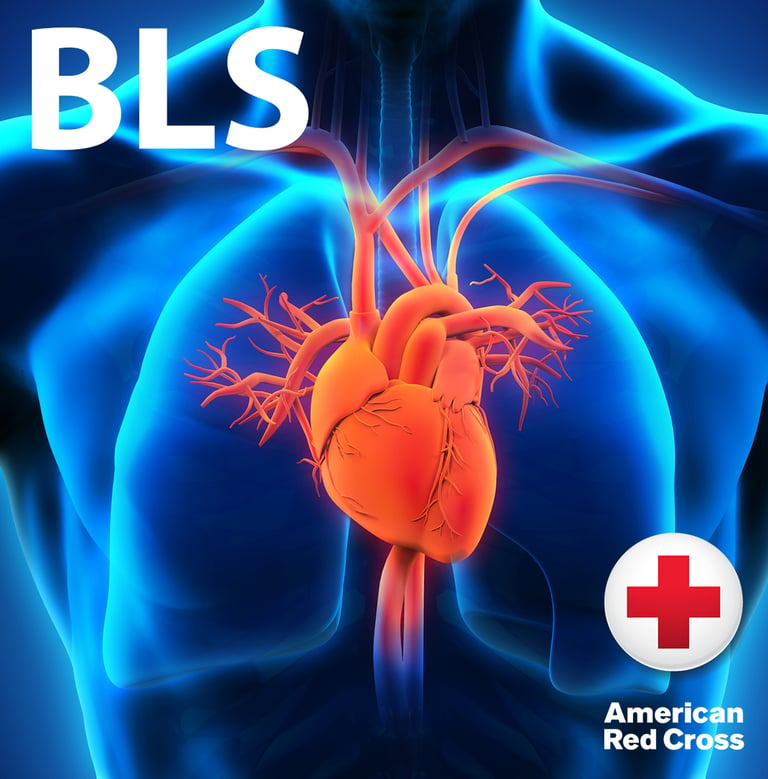

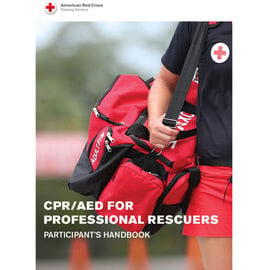

ARC CPR/AED for Professional Rescuers (CPRO)
The CPR/AED for Professional Rescuers (CPRO) program trains professional-level rescuers to respond to breathing and cardiac emergencies in adults, children and infants until more advanced medical personnel take over outside a hospital setting. The term professional rescuer refers to those with a duty to act. These professions range from healthcare to public safety to athletic training and recreation, including lifeguards. Through these courses we're able to keep you up to date on the latest techniques, so you can maintain certifications and deliver the best possible care in an emergency. Course content includes knowledge and skills for providing emergency care for adults, children, and infants in: Rapid Assessment Giving Ventilations using a resuscitation mask Using a Bag-Valve-Mask Resuscitator (two rescuers) CPR and AED (single-rescuer, two rescuer, and multiple-rescuer team response with 4 rescuers) Obstructed Airway Care (responsive and unresponsive)
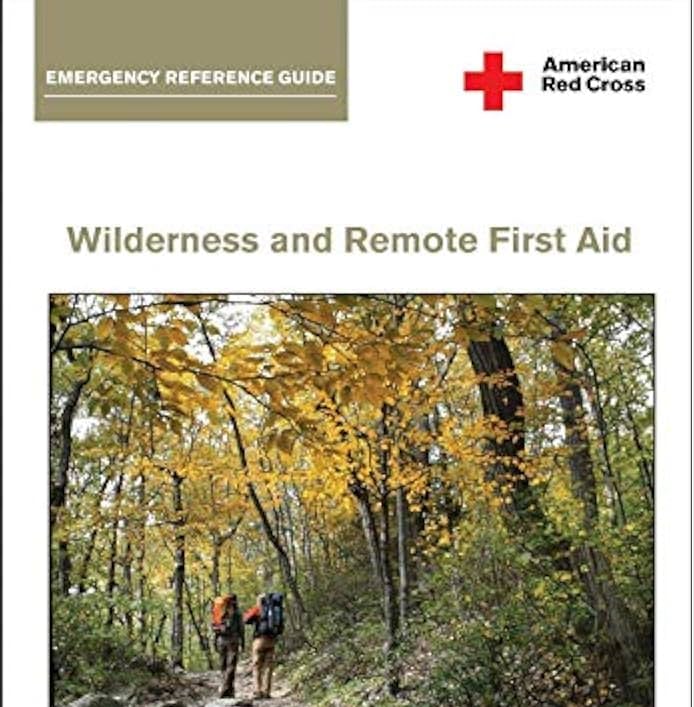

ARC Wilderness and Remote First Aid
Designed for scouts and scout leaders, outdoor enthusiasts, and anyone who works or spends time in remote environments, this course teaches advanced skills to be used in emergencies when help from professional first responders may be far away. Based on the Boy Scouts of America Wilderness First Aid Curriculum and Doctrine Guidelines, this course aligns with OSHA’s Best Practices for Workplace First Aid Training Programs.
Prerequisites: Must be at least 14 years old and hold current adult CPR/AED certification.
Course length: 16 hours (2 days)
Topics include:
Primary and Secondary Assessments
Head/Brain, Neck and Spinal Injuries
Heat-Related Emergencies
Hypothermia
Altitude-Related Illnesses
Allergies and Anaphylaxis
Burns
Bone and Joint Injuries
Wounds and Wound Infection
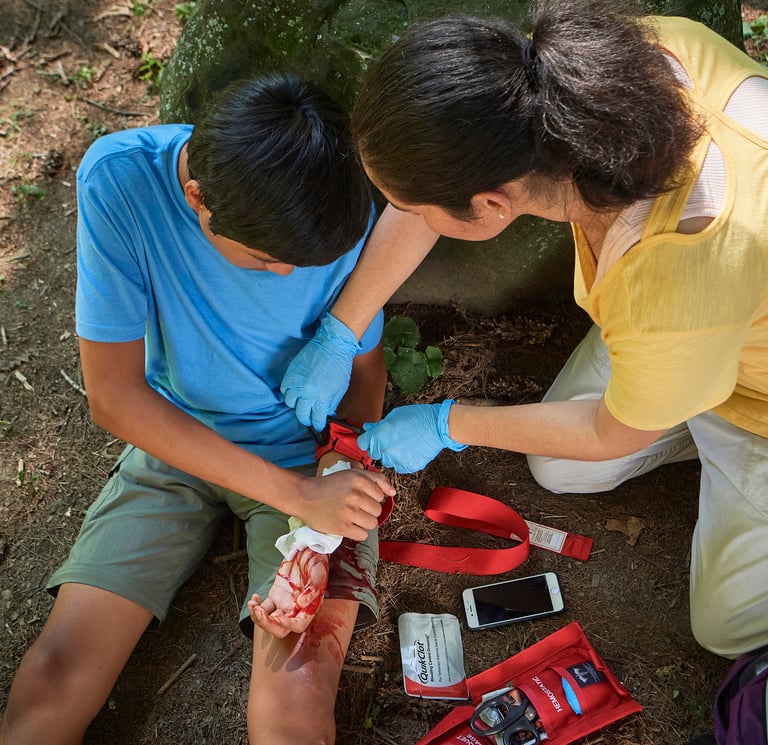

ARC First Aid for Severe Trauma (FAST)
FAST is the first national STOP THE BLEED® course designed specifically for high school students, but anyone can take the course and benefit from the training.
You can save a life: Preparing for bleeding emergencies; recognizing that a bleeding emergency exists; emergency action steps; deciding to act in an emergency.
Safety in emergency situations: Keeping yourself safe in an emergency; helping others to safety; violent situations.
Communicating in emergency situations: Communication basics; communicating with others at the scene; communicating with the emergency dispatcher.
Caring for a person with life-threatening bleeding: Using pressure to stop bleeding; applying direct pressure; using a tourniquet; after the bleeding stops.
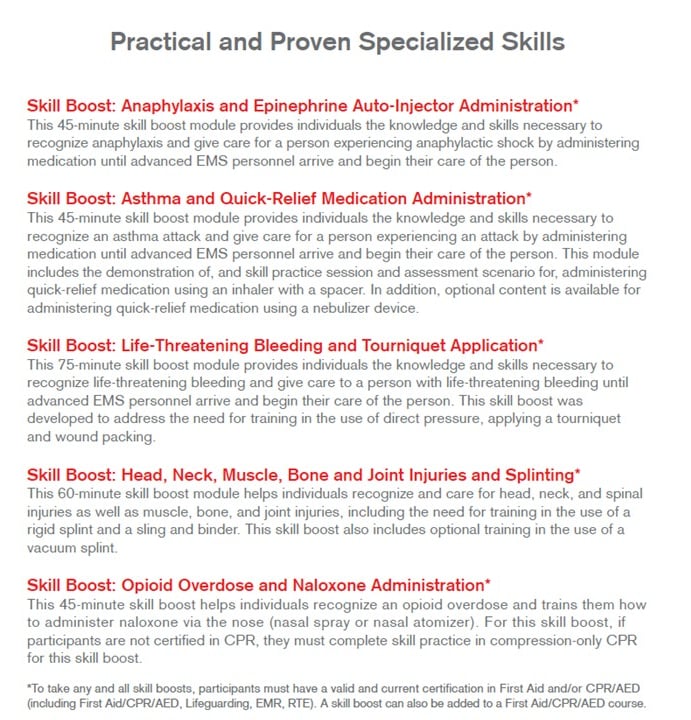

ARC Skill Boosts
The following skill boosts can be added to any First Aid/CPR/AED, BLS, or WFRA course for additional, more in-depth training.
Asthma and Quick Relief Medication Administration (45 min)
Anaphylaxis and Epinephrin Auto-Injector Administration (45 min)
Opioid Overdose and Naloxone (Narcan) Administration (45 min)
Life Threatening Bleeding and Tourniquet Application (75 min)
Head, Neck, Muscle, Bone, Joint Injuries and Splinting (60 min)
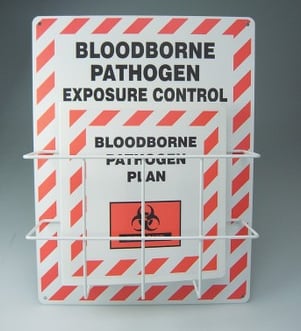

ARC Bloodborne Pathogens
Designed for those who are at risk for on the job exposure to blood and other bodily fluids in the workplace. The course teaches staff how bloodborne pathogens are spread how to avoid exposure and what to do if exposed to infectious material. This course is one of the requirements of the OSHA Bloodborne Pathogens Standard. After taking this course students should talk with their employer about their workplace’s specific policies and procedures. Those who complete the training receive a Bloodborne Pathogens Training certification valid for one year. This course takes approximately one hour and makes an excellent addition to the basic First Aid/CPR/AED courses.
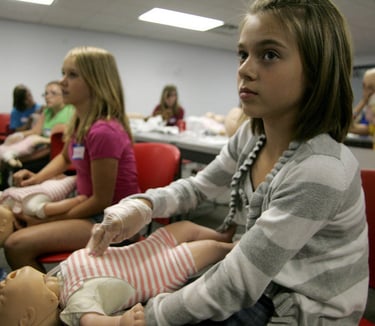

ARC Babysitter Training
Babysitters Training provides youth who are planning to babysit with the knowledge and skills necessary to safely and responsibly give care for children and infants. This training will help participants to develop leadership skills; learn how to develop a babysitting business keep themselves and others safe and help children behave; and learn about basic child care and basic first aid. The recommended age for this course is 11-15 years old.
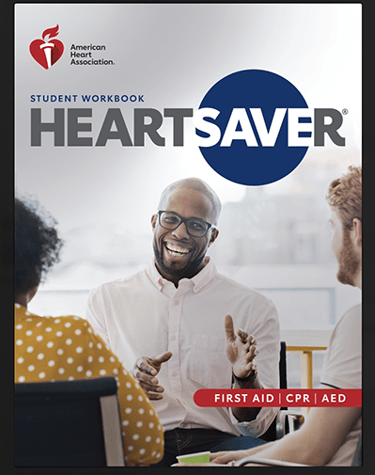

AHA Heartsaver
The AHA’s Heartsaver First Aid CPR AED course trains participants to provide first aid, CPR, and use an automated external defibrillator (AED) in a safe, timely, and effective manner. Reflects science and education from the American Heart Association Guidelines Update for CPR and Emergency Cardiovascular Care (ECC).
The AHA’s Heartsaver First Aid CPR AED Course is designed for anyone with little or no medical training who needs a course completion card for their job, regulatory (e.g., OSHA), or other requirements, or anyone who wants to be prepared for an emergency in any setting.
First aid basics
Medical emergencies
Injury emergencies
Environmental emergencies
Preventing illness and injury
Adult CPR and AED use
Opioid-associated life-threatening emergencies
Optional modules in Child CPR AED and Infant CPR
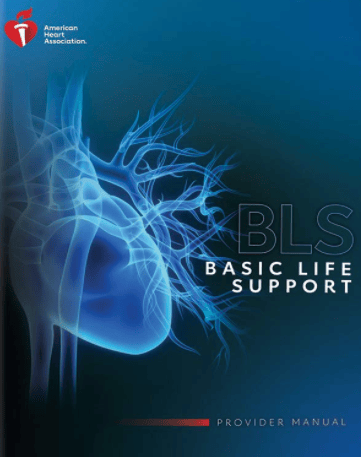

AHA Basic Life Support (BLS)
The AHA’s BLS course trains participants to promptly recognize several life-threatening emergencies, give high-quality chest compressions, deliver appropriate ventilations and provide early use of an AED. Reflects science and education from the American Heart Association Guidelines Update for CPR and Emergency Cardiovascular Care (ECC).
BLS is geared towards prehospital providers, like EMTs, paramedics, fire fighters, and in-facility hospital providers. Upon successful completion of the course, students receive a course completion card, valid for two years. Please contact your employer to ensure that you are selecting the correct course.
High-quality CPR for adults, children, and infants
The AHA Chain of Survival, specifically the BLS components
Important early use of an AED
Effective ventilations using a barrier device
Importance of teams in multi-rescuer resuscitation and performance as an effective team member during multi-rescuer CPR
Relief of foreign-body airway obstruction (choking) for adults and infants
Contact us
Contact us
Training@Monadnockmt.com
603-769-7359
© 2024. All rights reserved.